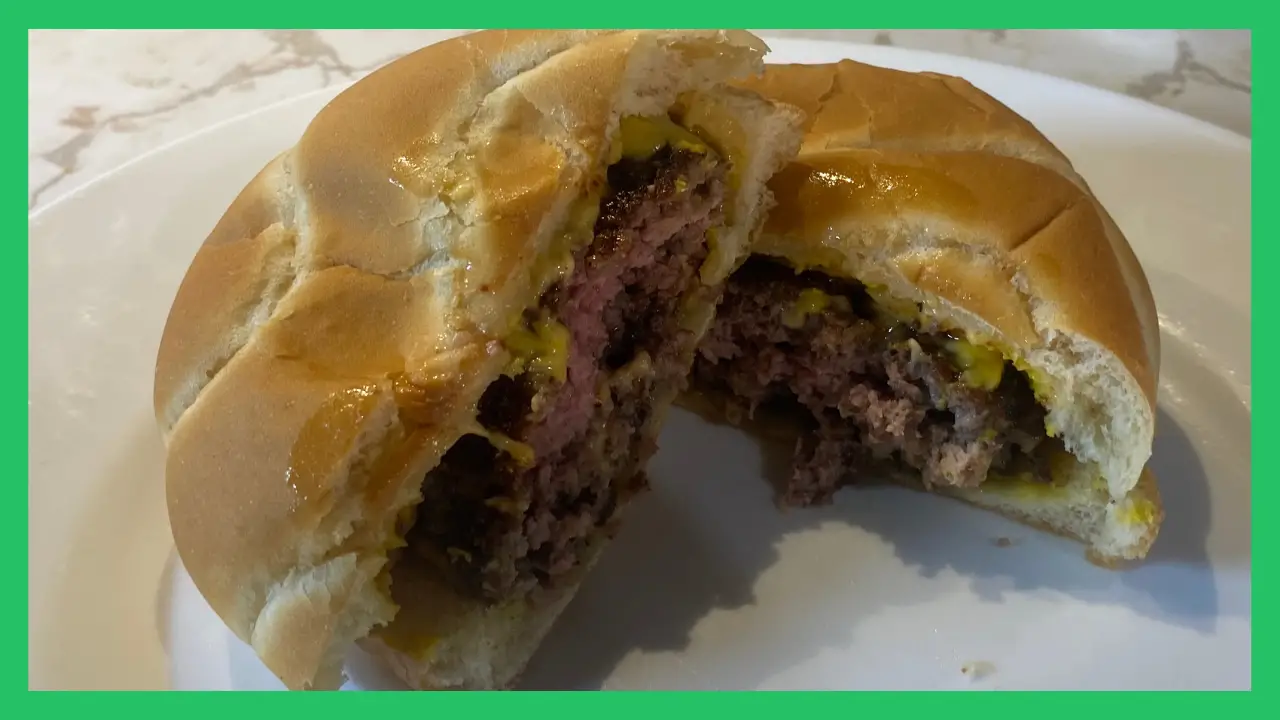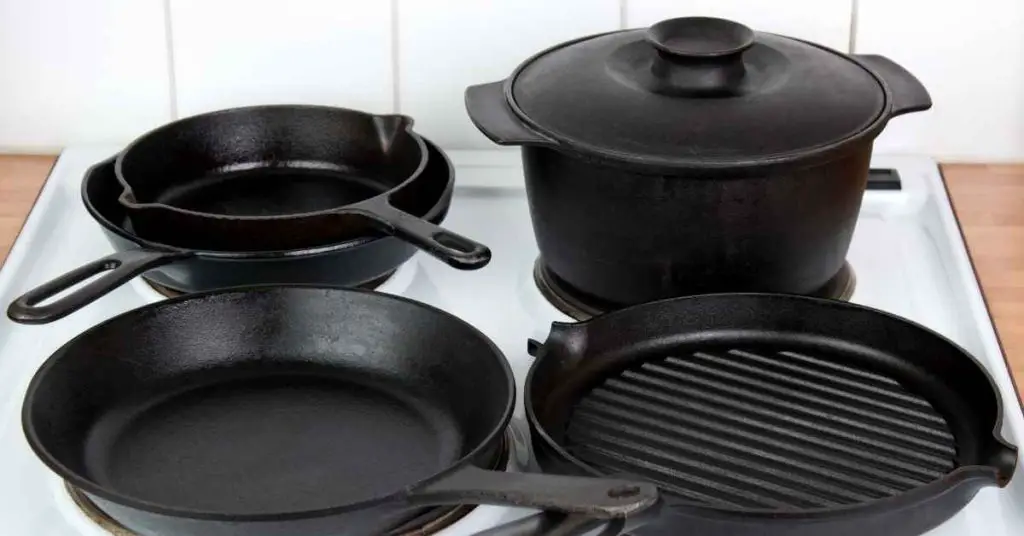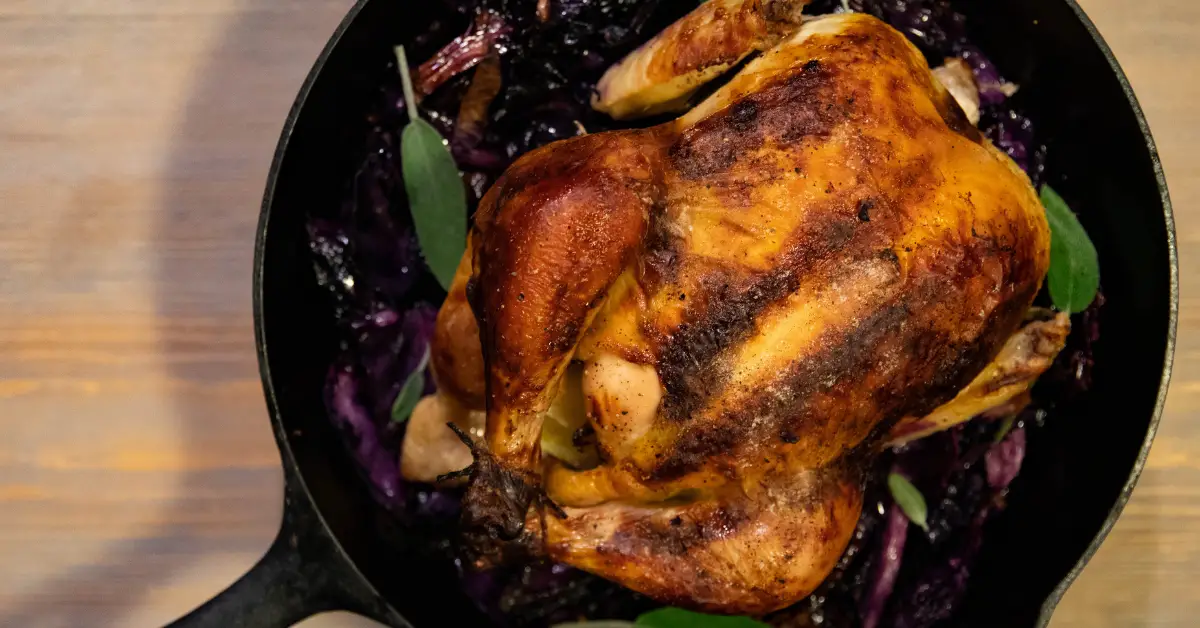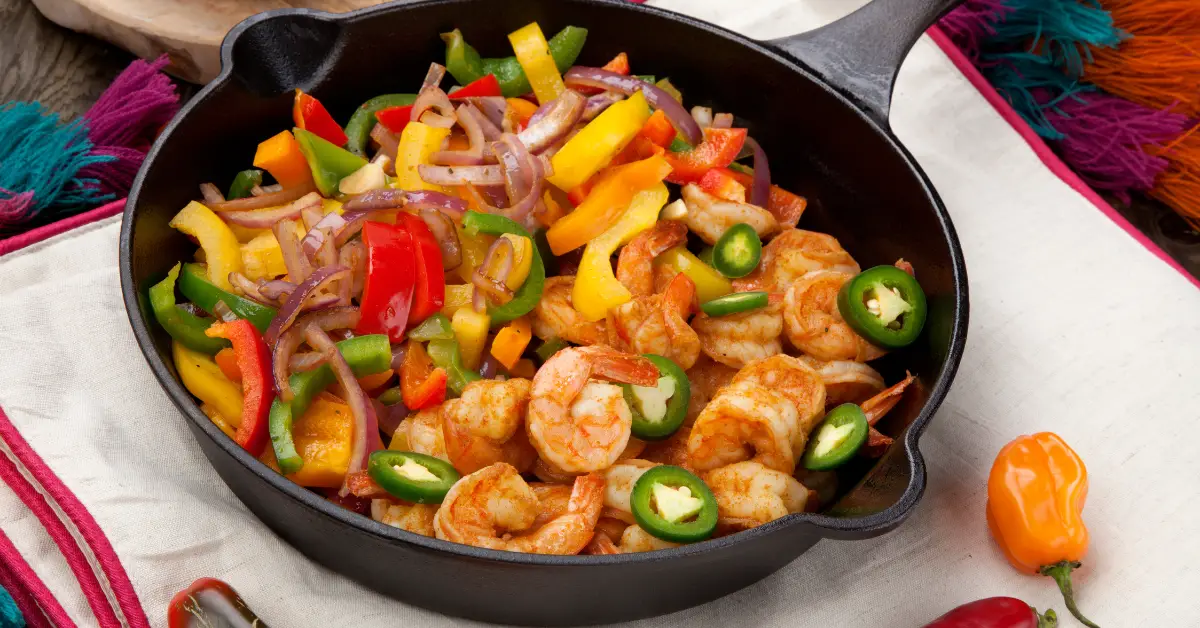Cast Iron 101
When it comes to

Understanding how cast iron works, what makes it so great, and how to take care of your
In this article and video, we are going to address these three common mistakes and how you can avoid them.
But first, what is cast iron?
Table of Contents
What Is Cast Iron
Cast iron has been used for centuries to make everything from skillets to stoves—and today, it’s becoming even more popular than ever as people turn to cast iron for its timeless beauty and dependability.
But cast iron isn’t just for looks—it’s also a surprisingly versatile cooking tool, unlike other pans.
It’s also incredibly durable, so your
Seasoning cast iron is crucial because it gives you a layer of protection against rust and enhances the flavor of your food. One of the first things you’ll need to learn is how to season a cast iron skillet.
When cast iron is well-seasoned and cared for, you can use it to make everything from hearty skillet meals to complex dishes.
So no matter what kind of cast iron you’re looking for—whether it’s a cast iron skillet, Dutch oven, or grill/griddle—cast iron is a great choice for your kitchen.
With the right pieces and know-how, you can make sure that your family enjoys delicious meals that are cooked to perfection every time! Here are a few of our favorite things.
Cast Iron Skillet 101
There are a few tricks, a few little tips, and some basic rules that you need to adhere to in order to avoid these three rookie mistakes.
Don’t feel bad if you have done any of these because we all have at some point in the cast iron game.
First Mistake: Not Preheating
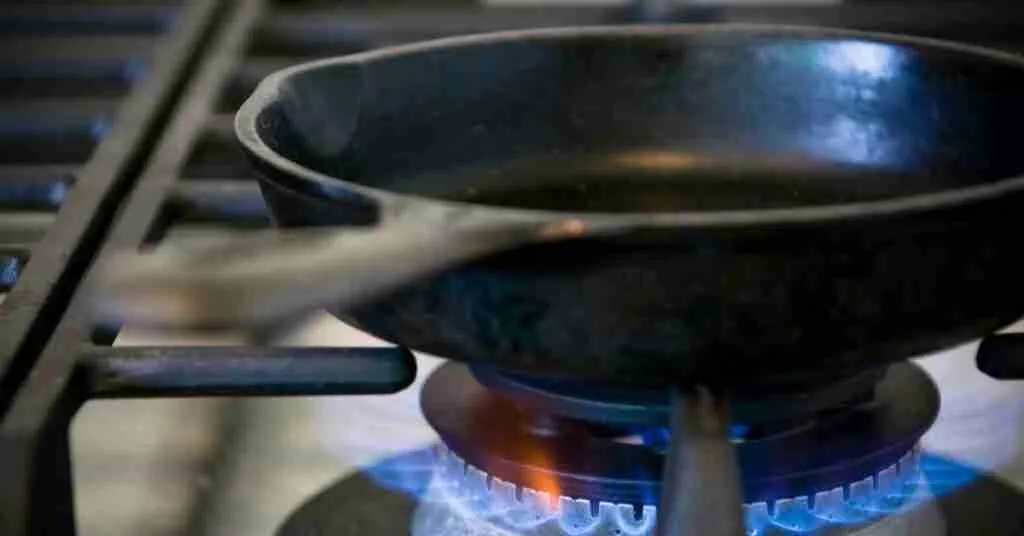
Preheating is essential before cooking with it. A
There are a couple of ways to test the temperature to make sure the
- You can wave the backside of your hand just above and over the cooking surface of the skillet. If you can’t hold it there longer than two to three seconds without having to remove your hand, it’s warm enough.
- Another way is to sprinkle a few drops of water over the surface of the pan. When the water dances on the cooking surface, it is ready.
- You can use an infrared thermometer like this one to check surface temperatures. When it reaches 350 to 375 degrees Fahrenheit, you’re good to go.
If you don’t preheat cast iron beforehand, though, food sticks, and the surface of your skillet can become a charred mess. You don’t want a charred mess!
Second Mistake: Not Oiling The Cast Iron
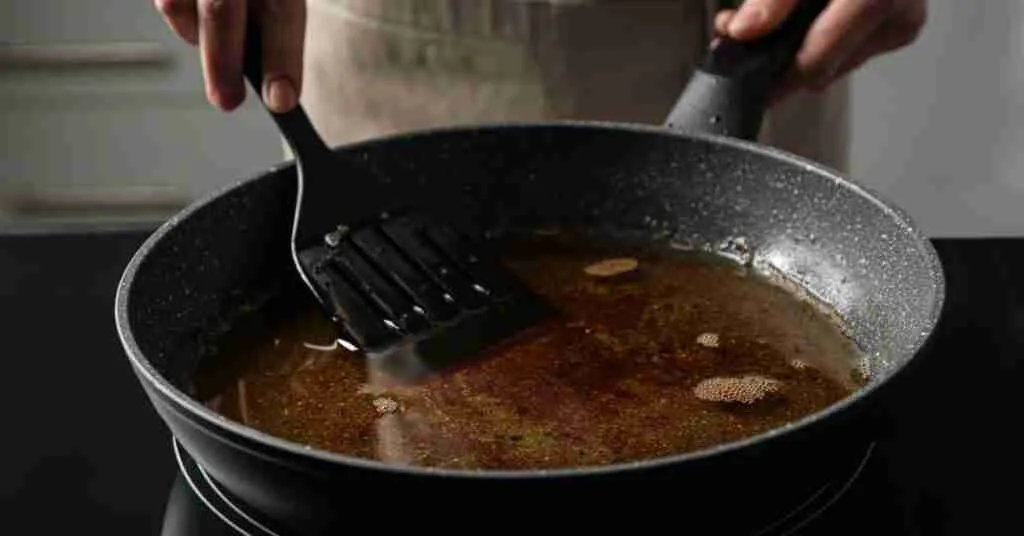
The second biggest mistake is not adding any oil before starting to cook. After preheating, always add oil to the cast iron before adding food.
I like to add a little oil to my skillets even if the meat I am cooking produces its own grease. Meats like bacon and hamburger won’t stick or burn if you will do this.
Cooking oil helps create a non-stick surface that keeps food from sticking and burning.
A couple of teaspoons of oil should do the trick – just be sure to use an oil such as avocado, vegetable, or canola.
Bacon grease is my favorite, though, and I save it and use it for many reasons. Not just cooking and baking.
After adding a little oil, take a paper towel and wipe out any excess. You only need a little oil in the skillet.
Wiping a thin coat over the entire skillet and cooking at a lower heat, especially with a new skillet, will give you better results.
Third Mistake: High Heat Cooking
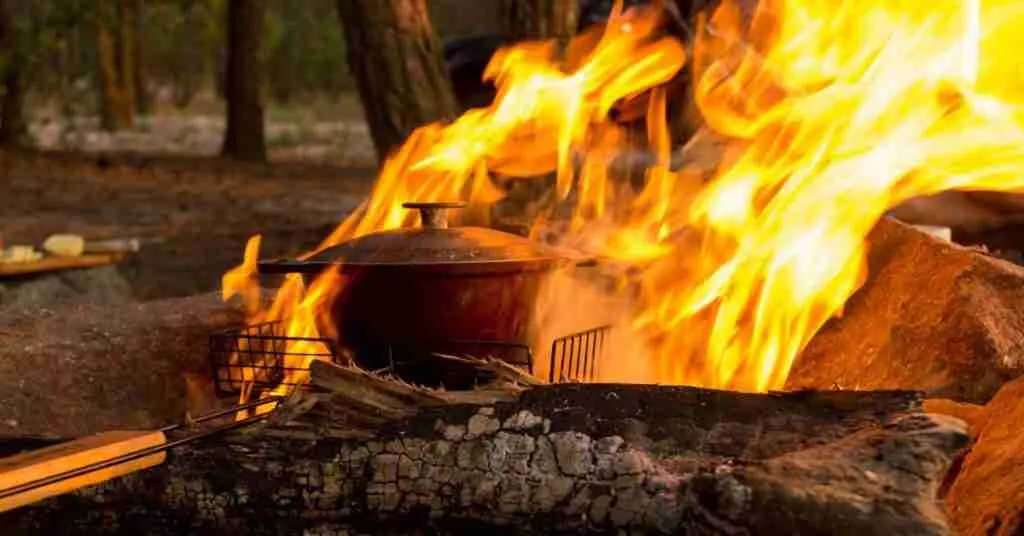
The number three biggest mistake I see is high-heat cooking.
I love cooking, but what I’ve learned is most foods need to be cooked on medium to medium-high for the best results. Not on high!
Cast iron can easily burn your food if it’s cooked on high. No one wants to ruin a good meal by trying to cook too fast and cooking too hot.
So make sure to keep the heat low when cooking with cast iron.
Eggs are a good example of why you want to do this. Eggs are the biggest test to see if your cast iron is seasoned and if you have enough fat or oil to make them not stick to the entire pan. For seasoning, I like to use Crisco and a couple of others.
Eggs can be cooked on high heat, but they will stick to the pan, and trust me, they won’t be easy to clean up afterward. It’s not impossible, but it is a chore to clean stuck-on eggs from a
If you want perfect eggs with no sticking, cook them on medium to low heat.
Cast iron works great for searing and browning steaks or a roast at higher temperatures.
When I do cook anything at higher temperatures, I love to make ribeye steak in a grill pan. A
But for everything else, the key is low and slow and is generally the best way to go when cast iron cooking.
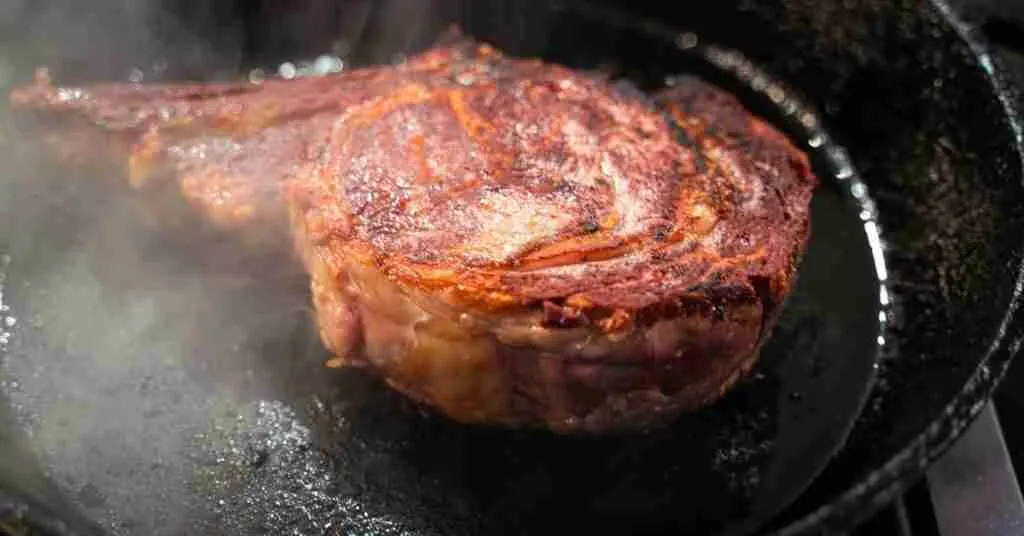
Cast Iron Pan Choices
There are a few factors to consider when purchasing
First, think about what size and shape you need. Cast iron comes in skillets, Dutch ovens, griddles, and more.
Once you’ve decided on the right piece for your cooking needs, you’ll need to choose between pre-seasoned and unseasoned options.
Pre-seasoned cookware has a protective coating that helps prevent rusting and makes it easier to use. Unseasoned cookware doesn’t have this coating, but it’s often cheaper.
Lodge is my personal favorite of modern-day cast iron. They are the oldest manufacturer of cast iron in the United States.
They have been making cast iron since 1896, and their products are known for excellent quality and the ability to last for generations.
Lodge cast iron is reasonably priced, too, and all of their cast iron comes preseasoned from the factory.
Overall, Lodge is a great value for
So, if you’re looking to add to your kitchen arsenal, Lodge cast iron is a great place to start, and they are easy to find. Amazon carries most of Lodge’s products, and I get free shipping, too!
Whether you’re in the market for a
Other Benefits Of Cast Iron
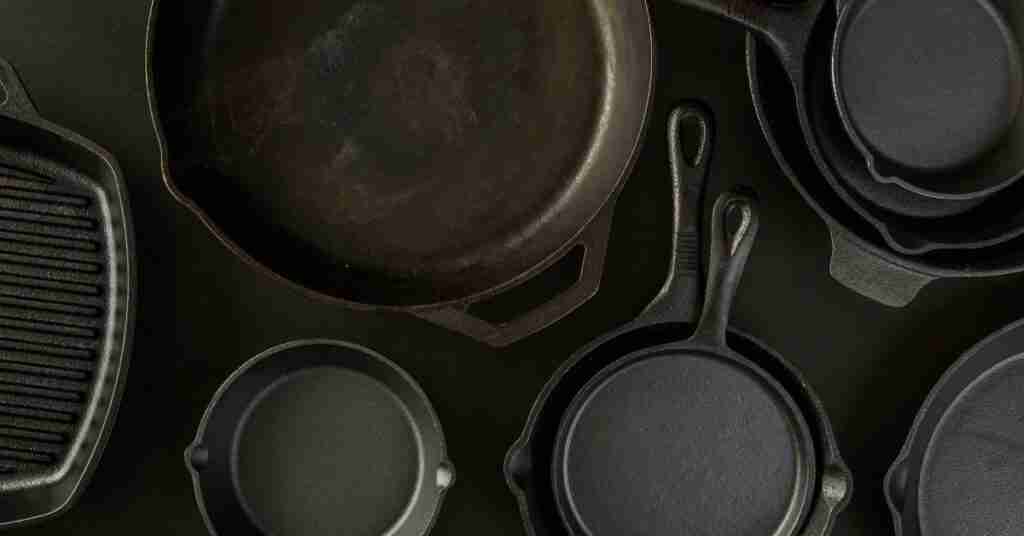
Cast Iron Is Durable
Cast iron takes serious heat, so you don’t have to worry about it warping in the oven, on the stove, or over open flames.
It also distributes heat evenly, making cast iron perfect for slow-cooking recipes like stews and chili. It is also great for chicken, and you can start cooking with cast iron by trying this whole chicken recipe.
Cast iron is also a great way to get more iron into your diet, as small amounts of iron from the pan will leach out into food while it’s cooking.
Cast Iron Retains Heat
The best thing about cast iron is that it retains heat better than most other materials.
Plus, cast iron will actually season itself over time.
How is this possible? When you cook with oil, it adds layers of seasoning every time.
Seasoning is nothing more than a thin layer of oil baked onto the cast iron, and this happens each time you cook.
How To Maintain Cast Iron
Maintaining cast iron is surprisingly easy: simply give it a good scrub with hot water and a stiff brush after each use.
I generally wash mine in warm water and dry it with a clean towel or paper towel.
From there, dry thoroughly—I like to heat it on the stovetop—and rub a light layer of oil or shortening into the cast iron with a paper towel or soft cloth.
From there, I wipe clean any excess oil from the pan and put it away. Storing cast iron when it is clean, dried, and oiled will help to keep it from rusting and also give it a nice shine.
Cast Iron Skillet Cleaning
Every once in a while, cast iron needs a more thorough clean—especially if you’ve let something burn.
No need to worry, though: simply fill up your cast iron with hot water and a bit of coarse sea salt and let it soak for a few minutes. Take a pan scraper and remove any stubborn crud.
After that, just scrub it with a stiff brush or a chainmail scrubber and then repeat the oiling process to get your cast iron pan back in good shape.
Cast Iron Seasoning
The easiest way to get the best use out of
Proper seasoning helps cast iron skillets develop a shiny black (patina) that will protect your cast iron from rusting over time.
I would steer clear of flaxseed oil, though. There are better oils for your
The best way I have found is to use a paper towel or a soft cloth and just spread the oil all around the cast iron.
Then pop it in the oven at 350-450 degrees for an hour. After that, let it cool off, and then repeat the seasoning process two or three times.
Once you have your cast iron seasoned, they are ready to use!
You’ll be able to fry, bake, saute, and sear without the worry of food sticking.
The key is to keep the cast iron oiled up after each use so that it stays in good condition for a long time.
Caring for Cast Iron
Taking care of cast iron is important to ensure that it lasts as long as possible.
When using cast iron, keep these tips in mind to ensure that your cast iron skillet lasts as long as possible – preheat before adding food, add a light coating of oil before cooking, and don’t cook too hot or too fast.
With cast iron, you have the perfect tool for all kinds of delicious cooking.
This is not an exhaustive list, but now that you know a little bit about cast iron 101, it’s time to get cooking!
So don’t be intimidated by cast iron – with these cast iron 101 tips in your back pocket, you have all the knowledge and tools necessary for success.
FAQ
What are the disadvantages of cast iron cookware?
One of the disadvantages is that it is heavier than other types of cookware. Another is that it must be hand-washed. You can’t use a dishwasher to clean it.
How do you season a cast iron for the first time?
To season cast iron for the first time, wash it with soap and water, dry it, rub oil all over it, wipe off all excess, and bake it in the oven for one hour.
What should you cook first in a cast iron skillet?
The first things to cook in cast iron to help build the layers of seasoning are fattier cuts of ribeyes, bacon, sauteed onions, and cornbread. Each time you cook, you are adding layers of seasoning to the skillet.
Which type of cast iron is best?
The best type of cast iron is one that is seasoned well and is the right size for what you are cooking. Try to match the skillet with the same size burner to ensure even heating without any hotspots.
If you have any other questions, be sure to check out our frequently asked questions page for more practical tips and tricks.
Happy cooking, my friend!
Enjoy!
